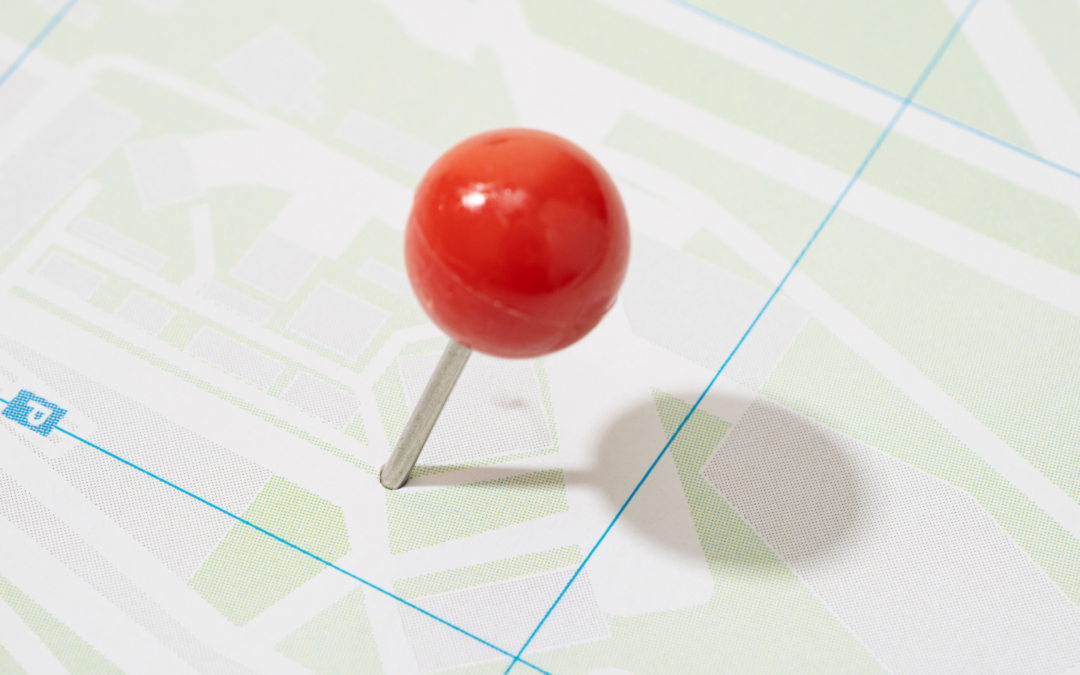TL;DR
A Coordinate Reference System (CRS) is a framework that uses coordinates to accurately locate places on Earth’s surface.
In real estate, CRS is crucial for defining property boundaries, aiding in surveys, mapping, and even in property valuation.
There are different types of CRS, each serving specific mapping needs.
For property and urban planning, CRS ensures precise land registration, zoning, and infrastructure development, helping reduce disputes and enhance planning accuracy.
Imagine you’re taking part in a global treasure hunt or a real-life challenge like The Amazing Race, where the Earth itself is your game board. To navigate to your next destination, you rely on a giant map. But how do you know where exactly to go? You need a set of rules to interpret the map accurately and describe specific locations.
This is where a Coordinate Reference System (CRS) comes in.
Think of CRS like a universal language for maps, providing a framework for assigning coordinates (like X and Y on a grid) to different locations on Earth.
With this system in place, everyone can refer to the same locations using a consistent method, ensuring clarity and accuracy when navigating or sharing geographic data.
Let’s dive deeper into what a CRS is and why it’s essential for interpreting the world around us.
Coordinate Reference System (CRS)
A Coordinate Reference System (CRS) is a system that uses numbers to precisely pinpoint locations on maps or the Earth’s surface, ensuring everyone uses the same rules for describing positions.
By defining sets of coordinates and a standardised framework, it offers a consistent way to specify locations, making it possible for maps and geographic data to be accurately interpreted and shared.
A CRS typically includes a reference point, a set of axes, and a unit of measurement.
What is a CRS used for?
A Coordinate Reference System (CRS) is used to accurately represent, map, and interpret coordinates in a specific geographic or projected space. It enables precise location referencing on the Earth’s surface, ensuring that geographic data can be shared and understood consistently.
CRS is widely used in geography to study the Earth’s physical features, environments, and human interactions with these landscapes. It’s also crucial in cartography, where it ensures that maps are created with accurate geographic information, allowing for reliable navigation and analysis across various fields and applications.
Different Types of CRS
- Geographic CRS: Based on a spherical or ellipsoidal model of the Earth’s surface, commonly using latitude and longitude coordinates.
- Projected CRS: Maps the three-dimensional spherical or ellipsoidal Earth onto a two-dimensional plane, such as a map or a flat surface. Examples include Universal Transverse Mercator (UTM) and State Plane Coordinate Systems.
- Vertical CRS: Specifies elevations or depths relative to a reference surface (e.g., sea level).
Some examples of commonly used CRS include:
- Universal Transverse Mercator (UTM) system,
- Geographic Coordinate System (GCS), and the
- Military Grid Reference System (MGRS).
Practical applications of CRS in property and real estate
Coordinate Reference Systems (CRS) play a vital role in real estate and proptech by providing a standardised way to accurately represent geographic locations. Here are some practical applications:
Property Mapping and Visualisation
- CRS allows for exact delineation of property boundaries, and accurate property boundaries are essential for legal and planning purposes.
- CRS can be used by proptechs to create interactive property maps, allowing users to explore listings in a spatial context.
Location-Based Services
- CRS can be used to calculate distances between properties and amenities like schools, parks, or public transport for proximity analysis.
- Create virtual boundaries, or geofences, around properties for targeted marketing or notifications.
Urban Planning and Development
- Ensure new developments comply with local zoning regulations by accurately positioning them within zoning maps.
- Precise spatial data derived from CRS can be used in the planning of utilities and infrastructure for new real estate developments
Property Valuation
- Accurately analyse and compare property locations, boundaries and size, and their impact on value.
- Determine a property’s elevation and proximity to flood zones for risk assessment and insurance purposes.
Virtual and Augmented Reality
- Virtual property tours are possible with the creation of georeferenced 3D models of properties.
- Overlay property information on real-world views using mobile devices for use in augmented reality applications.
Data Integration and Analysis
- Combine property data with other geographic information like demographics, crime rates, or environmental data for comprehensive analysis.
- Perform complex spatial queries to identify properties meeting specific geographic criteria.
As can be seen in these examples, by leveraging Coordinate Reference Systems, real estate professionals and proptech companies can provide more accurate, data-driven services and make better-informed decisions based on spatial relationships and geographic context.
Originally published: 4 October, 2023
Last updated: 12 September, 2024

